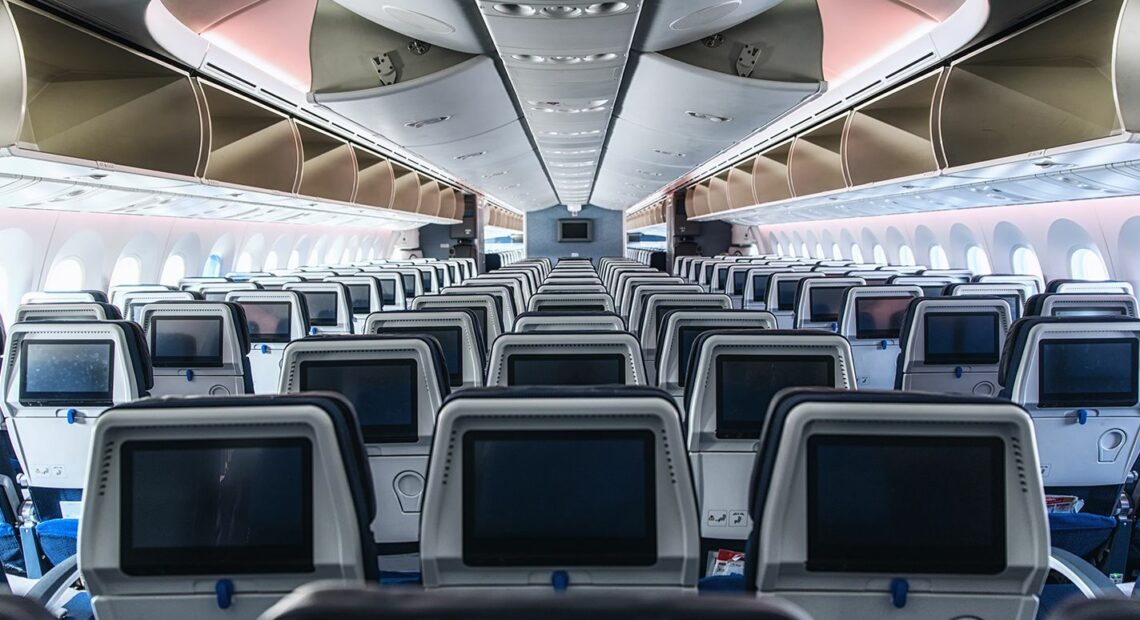Unveiling Flight Secrets: What Passengers Are Never Told

Flying has become an essential part of modern travel, allowing us to explore distant lands and connect with loved ones across the globe. However, behind the scenes, airlines and aviation industry professionals hold a few secrets that are seldom shared with passengers. In this blog post, we’ll uncover some intriguing flight secrets that are rarely divulged to the unsuspecting traveler. So fasten your seatbelts and get ready for an eye-opening journey into the hidden world of aviation!
- Cabin Air Quality: While you may assume that the air on an airplane is recirculated and stale, the truth is quite different. Most aircraft are equipped with advanced air filtration systems that remove up to 99.9% of airborne contaminants, including viruses and bacteria. Furthermore, the air inside the cabin is refreshed every few minutes, ensuring a clean and comfortable environment throughout your flight.
- Emergency Landings: In the rare event of an emergency landing, pilots are trained to prioritize finding a suitable landing spot over airports. This means that if an open field or highway is deemed safer than an airport, the pilot may choose to land there. The primary concern is the safety of the passengers and crew, even if it means deviating from conventional landing procedures.
- Mystery of Dimming Lights During Takeoff and Landing: Have you ever wondered why the cabin lights are dimmed during takeoff and landing? It’s not just for aesthetic purposes; it’s actually a safety measure. Dimming the lights helps passengers’ eyes adjust to the darkness outside, in case of an emergency evacuation. If the cabin were brightly lit, it would take longer for passengers’ eyes to adapt, potentially slowing down the evacuation process.
- Secret Codes and Phrases: Flight attendants and pilots have their own secret codes and phrases to communicate important information discreetly. For example, “deadheading” refers to crew members traveling as passengers, “Code Adam” is used to alert the crew of a missing child, and “Pan-Pan” signifies an urgent but non-life-threatening situation. These codes and phrases help maintain efficiency and confidentiality during critical moments.
- Hidden Compartments and Crew Rest Areas: Many long-haul flights have hidden compartments and crew rest areas where flight attendants and pilots can take breaks during extended flights. These areas are usually located above or below the passenger cabin and are equipped with sleeping quarters, lavatories, and even small entertainment facilities. These hidden spaces allow the crew to rest and recharge, ensuring they are alert and attentive throughout the flight.
- The “No Smoking” Sign: Although smoking is strictly prohibited on all commercial flights, the illuminated “No Smoking” sign serves a secondary purpose. It also alerts the cabin crew to the presence of smoke or fire in the cabin. If the sign is switched off unexpectedly, it indicates a potential emergency, prompting the crew to take immediate action.
While the aviation industry strives to provide a safe and comfortable flying experience for passengers, there are certain secrets that remain concealed behind the scenes. From the meticulous air filtration systems to hidden crew compartments, understanding these flight secrets can give passengers a new perspective on air travel. So the next time you buckle up and prepare for takeoff, remember that there’s more to flying than meets the eye. Safe travels!
Picture Courtesy: Google/images are subject to copyright








